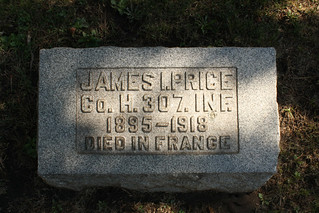
(Click on images to enlarge)
My Uncle Stanley Labus, circa 1945, on the front steps of my grandparents' house.
Excuse No. 1: The death of my Uncle Stan last month means that the home my grandparents built in Whiting, Indiana, in 1929 is finally going to be sold out of the family. We have been going through the eight-decades' accumulation in the house. I have brought home a couple of boxes of old photos and negatives, which I want to scan. And I know perfectly well that if I don't do it now, it won't get done.

My grandparents, Joseph Labus and Mary Musor, on their wedding day.
Excuse No. 2: When I started this blog, I didn't know any better than to use Photobucket. Eventually I started using Flickr for my new posts, but left the Photobucket image links in old posts. Now it has come to my attention that Photobucket is not always displaying those images properly, so I have to go back and switch all the images in the entire blog to Flickr.

Me, at about three years of age, playing on the lawn of my grandparents' house.
Also, I'm still in the process of sprucing up my house, so I'm still spending time dealing with plumbers and painters and electricians, God bless them. And it's time for the usual autumn clean-up around the yard and garden.

My Uncle Joe Dudzik photographing my Uncle John Labus photographing my Uncle Joe Dudzik (on the lawn of my grandparents' house).
… I'll be back not-so-soon.







































